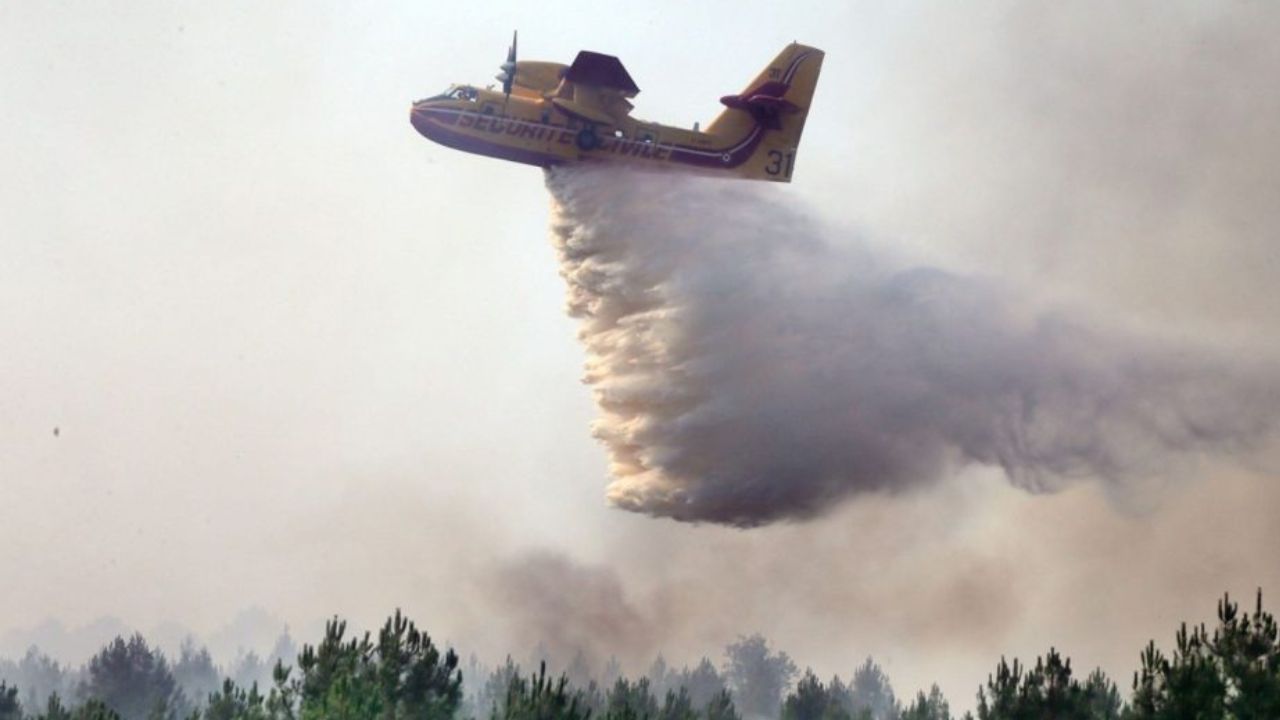 English
English

Cloud seeding is a scientific technique used to induce artificial rainfall. This technique involves releasing chemical particles, such as silver iodide, sodium chloride, or potassium iodide, into clouds using an aircraft or rocket.

Delhi conducts first cloud seeding trial
New Delhi: Cloud seeding was successfully trialed for the first time in Delhi on Tuesday. According to officials, a flight from Kanpur conducted cloud seeding over several areas of Delhi such as Burari, Karol Bagh, Bhojpur, Mayur Vihar, and Sadakpur. At that time, the clouds had 15-20 percent humidity, which led to the prediction of rain between 5 and 6 pm.
The purpose of this experiment is to improve Delhi's air quality and control rising pollution. Let's learn more about cloud seeding and how artificial rain is achieved.
Delhi may witness its first ‘Artificial Rain’ on October 29 to curb air pollution
Cloud seeding is a scientific technique used to induce artificial rainfall. This technique involves releasing chemical particles, such as silver iodide, sodium chloride, or potassium iodide, into clouds using an aircraft or rocket. These chemicals attract water vapor in the clouds, accelerating the process of condensation, ultimately leading to the formation of raindrops.
This process is often used to induce rain in dry areas, reduce air pollution, or replenish dry reservoirs. This technique has already been successfully adopted in several countries, including China, the United Arab Emirates (UAE), the United States, and Australia.
Delhi AQI reaches severe level post-Diwali, AAP asks why artificial rain has not been implemented
Experts from the Meteorological Department and IIT Kanpur say that this experiment is likely to produce light to moderate rainfall in Delhi. Its primary objective is to reduce air pollution, which has currently reached dangerous levels. If this experiment is successful, the Delhi government may plan to conduct cloud seeding in more areas in the coming days.
Experts believe that this type of artificial rain will not only settle dust and smoke particles in the air but will also significantly improve the air quality index.